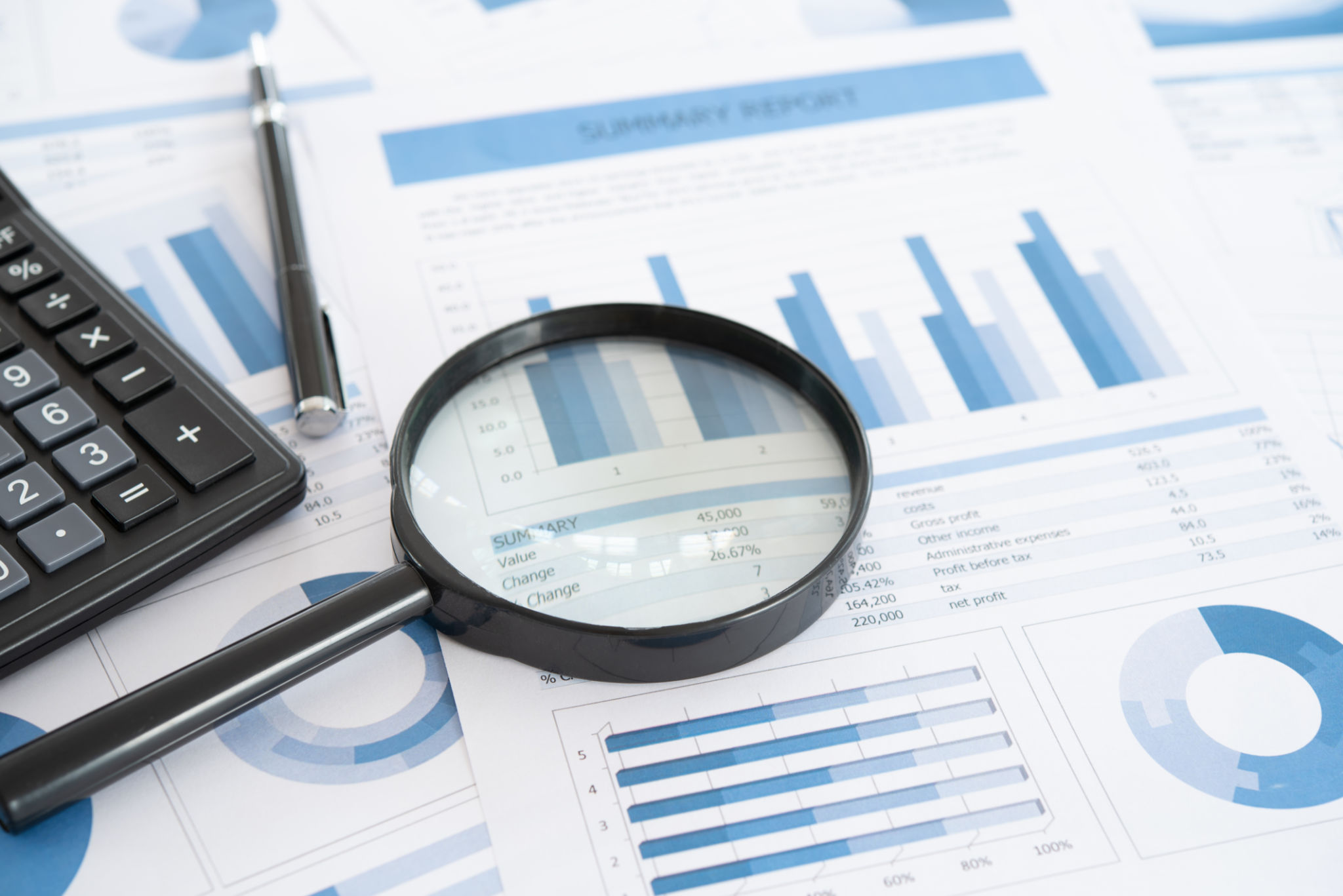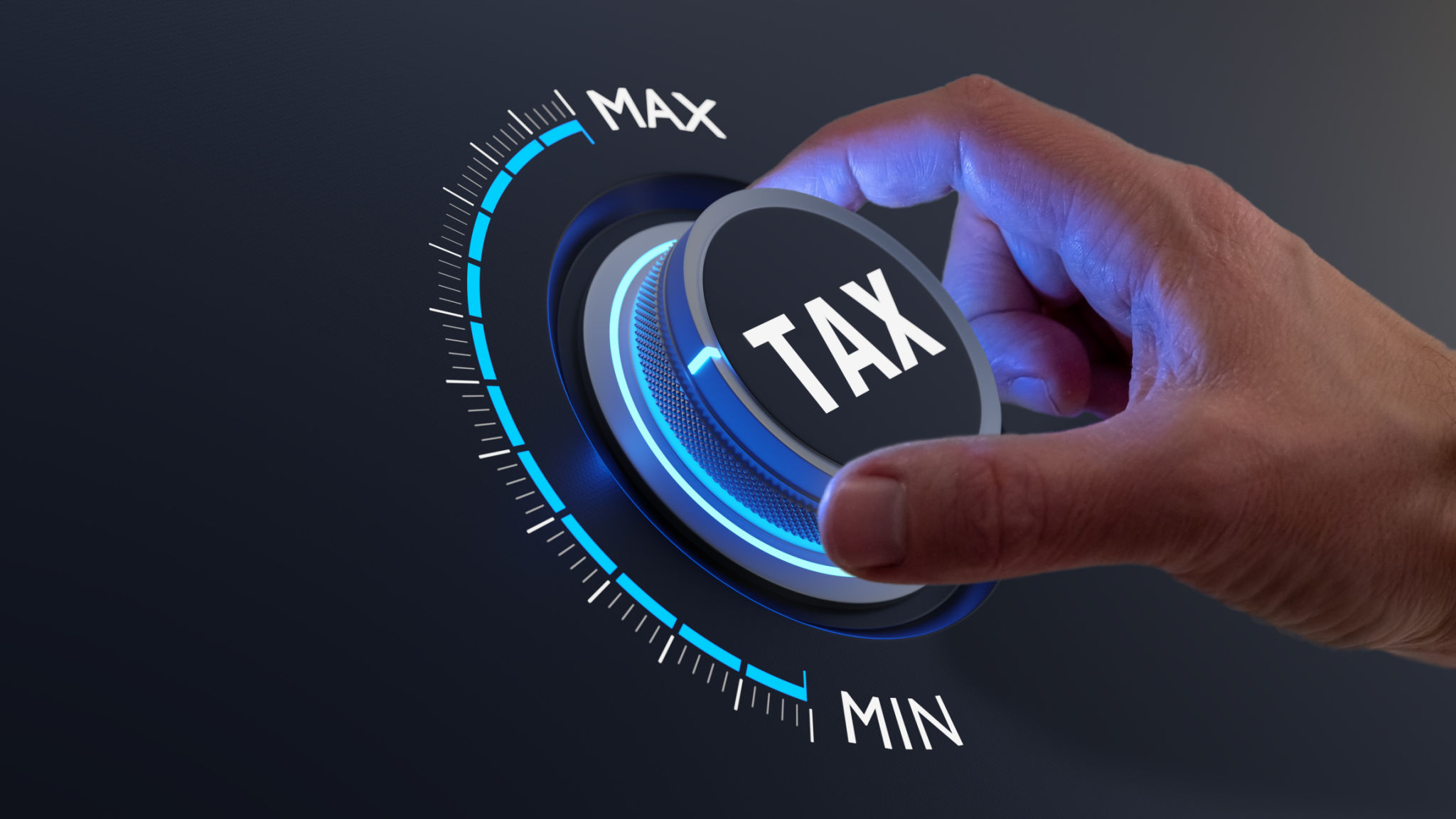Seasonal Tax Tips for Businesses: What to Prepare for Each Quarter
Quarter 1: Kickstart the Year with Smart Planning
The first quarter of the year is the perfect time to set your financial house in order. Start by reviewing your previous year's tax returns to identify any deductions or credits you might have missed. This is also a great time to update your financial records, ensuring that all income and expenses are accurately recorded.

Make sure to check the deadlines for filing and paying estimated taxes. Missing these can result in penalties, so mark your calendar and stay on track. If your business experiences seasonal fluctuations, adjust your estimated tax payments accordingly to avoid overpayment or underpayment.
Utilize Section 179 Deductions
If your business plans to purchase equipment or software, consider leveraging Section 179 deductions. This allows you to deduct the full purchase price of qualifying equipment and software purchased or financed during the tax year, offering a significant tax break early in the year.
Quarter 2: Mid-Year Adjustments and Compliance
As you move into the second quarter, it's crucial to review your financial performance from the first quarter. Compare actual income and expenses against projections to adjust your budget if necessary. This will help you stay on track for the rest of the year.

Also, ensure compliance with any new tax laws or changes that have come into effect. Regularly consulting with a tax professional can help you stay informed and make any necessary adjustments to your tax strategy.
Prepare for Tax Audits
The second quarter is a good time to prepare for potential tax audits. Ensure that all documents are organized and easily accessible. Being prepared will save you time and stress if you're selected for an audit.
Quarter 3: Optimize Your Tax Strategy
During the third quarter, focus on optimizing your tax strategy. Explore any additional credits or deductions that may apply to your business. For example, research opportunities for energy-efficient improvements or employee training programs that might offer financial incentives.

This quarter is also an ideal time to conduct a mid-year tax projection. Understanding your likely tax obligations can help you make informed decisions about spending and investments in the remaining months of the year.
Review Employee Benefits
As part of your optimization efforts, review your employee benefits package. Enhancing benefits can not only improve employee satisfaction but also offer tax advantages to your business. Consider health savings accounts (HSAs) or retirement plan contributions as potential areas for improvement.
Quarter 4: Year-End Tax Planning
The final quarter is all about year-end tax planning. Make sure all income and expenses are accurately recorded and accounted for. Review your financial statements to identify any last-minute opportunities for deductions or credits.

This is also a critical time for closing any financial gaps. Consider accelerating expenses or deferring income where possible to optimize your tax position. Finally, ensure all necessary paperwork is completed before the year concludes to avoid any surprises during tax season.
Charitable Contributions and Inventory Management
If your business donates to charities, confirm that all contributions are documented for potential deductions. Additionally, review your inventory levels; writing down unsold inventory can provide a valuable tax deduction while helping you start the new year fresh.